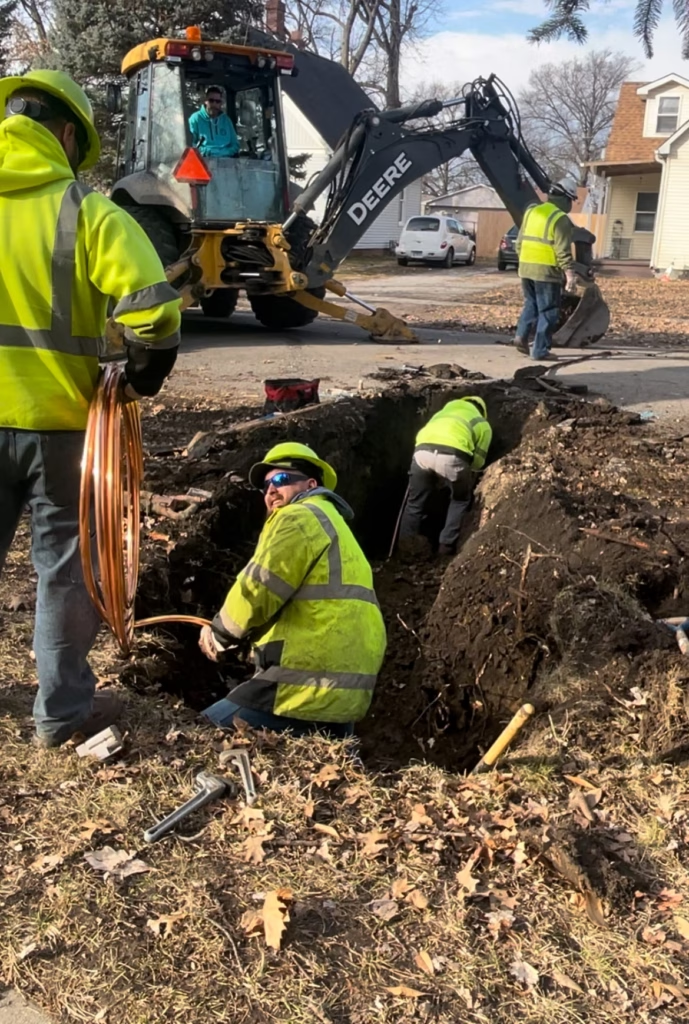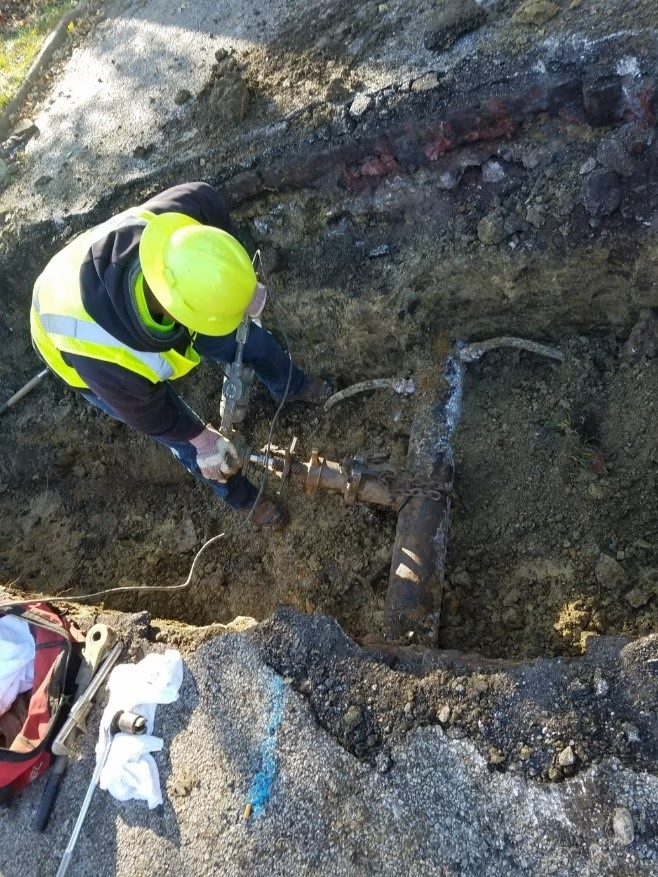Keep Funds Flowing: How SRFs are helping tackle lead service line replacement in Illinois
August 21, 2025

AWWA Articles
Keep Funds Flowing: How SRFs are helping tackle lead service line replacement in Illinois
The water utility in Springfield, Illinois, has long relied on State Revolving Funds (SRFs) for infrastructure upgrades.
In the late 1990s, SRFs financed a clarifier upgrade, and in 2009, a new chemical feed building at the water treatment plant and distribution system meter replacements.
More recently, though, the utility has relied on SRFs to pay for the private side of lead service line replacements, including property and pavement repairs after lines are installed from water mains to homes.
“We’ve been able to be at the front edge of this,” said Todd LaFountain, water division manager at City Water, Light and Power. “Without SRF funding, I’m not sure we would have been able to kick off this program at all.”

SRFs are federally-funded, state-managed loan programs that reinvest money as loans are paid off so it can be used for other projects — hence, their revolving nature. Every $1 invested in the SRFs results in $2 in infrastructure improvements.
Currently, the U.S. Congress is considering cuts to SRFs and other loan programs that fund infrastructure investments, which utility leaders say can severely hamper their ability to maintain systems that provide clean drinking water.
In Springfield, from 2020 to 2021, the utility replaced 160 lead service lines using about $500,000 in SRF principal forgiveness funds. While much of the money in SRFs is paid back, some allocations — based on financial need — are treated like grants.
The utility, which serves a community of 150,000, covered the cost of the public side replacements — from the water main to the property line — through ratepayer dollars and other financing. SRFs paid for costs incurred for replacements on private property, which is a common budgetary hurdle for utilities in replacing lead service lines.
“We’re doing this for our community,” LaFountain said. “It’s about public health and trust.”
Springfield’s initial success laid the groundwork for a more ambitious second phase, which ran from 2021 to 2024 and replaced about 600 lines with $2.5 million in SRF support.
Now, Springfield is embarking on phase three — an effort to replace 400 more lines using $2.9 million in principal forgiveness funding allocated through the Infrastructure Investment and Jobs Act. To date, the utility’s 5-year-old program has replaced more than 1,000 lead service lines. The city’s current inventory identifies an additional 10,000 known or suspected lead service lines that need to be removed.

The new Lead and Copper Rule Improvements regulation, however, requires utilities to replace all of their lead service lines by the end of 2037. “That would be the largest capital project in my 30 years here,” LaFountain said. “And there’s no funding behind it that I know of.”
Earlier this year, the American Water Works Association asked a U.S. circuit court in Washington D.C. to review the feasibility of the rule, and a decision is still pending.
Without continued SRF support, LaFountain said the utility may be forced to shift costs to homeowners or spread them across the rate base — neither of which are ideal. “There’s really not a good place to fund private infrastructure replacement,” he said. “It’s problematic without grant funding.”
Springfield’s story is a clear illustration of how SRFs empower communities to take proactive steps toward safer water. “We’re all saying it’s time for lead service lines to be removed,” LaFountain said. “It just needs to be done at a responsible pace, with the right financing behind it.”
Has your utility benefited from federal infrastructure funding? If AWWA can feature your project in its advocacy efforts, please fill out this form.
Advertisement